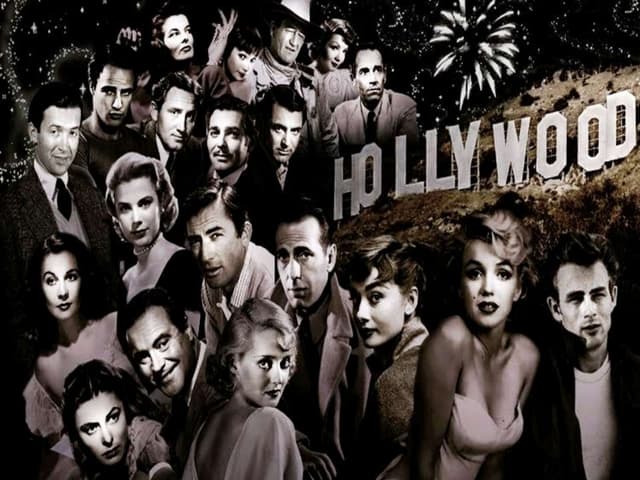The cultural industry is the mass production and commercialisation of cultural goods and services such as music, film, literature, television and the arts, designed primarily for consumption. It manipulates society. ‘It impedes the development of autonomous, independent individuals who judge and decide consciously for themselves.”( Adorno, 1992: 91-2). Cultural products have become standardized and homogenized, leading to the loss of individual creativity and authentic cultural expression.

The film industry is an important part of the wider cultural industries and embodies many of the aspects described by Adorno and Horkheimer in their discussion of the commodification of culture. Films are often formulaically designed to maximise their appeal and box office potential. The focus is not just on creating art, but also on generating revenue through box office, merchandising, streaming deals and international distribution.
The Hollywood film industry is a prime example.
The main characteristics of film culture industry
Star influence and market competitiveness
Star influence is an important feature of the film culture industry. Big-name actors are not only performers but also marketing assets that attract audiences. This influence on stars may diminish the narrative and artistic quality of the film, as casting mostly depends on the commercial value of the actors.
Series and Sequels
Film series and sequels are another feature of the cultural industry. Successful films often have sequels or remakes that prioritise the expansion of intellectual property over original stories. For example, popular series such as Marvel, Star Wars and Fast and Furious are seen as brands with a regular audience, ensuring a steady stream of revenue.

Impact on Art and Society
Limitations of thematic content
As studios seek to maximise audience appeal, films avoid controversial or challenging themes that may be difficult to engage with the audience thus leading to a narrowing of thematic content and a preference for entertainment themes over films that are socially and politically in-your-face. Thus, the culture industry has contributed to a cinematic landscape that reinforces the status quo rather than challenging it.

Besides, social media platforms such as Twitter, Instagram and TikTok play an important role in the cultural commoditization of films. Films are now marketed not only through trailers and posters, but also through emojis and Netflix endorsements. Social media engagement has become an important factor in assessing the potential success of a film.
One is able to look at the commodification and mass production of culture in capitalist societies through the concepts developed by Adorno and Horkheimer. It prompts us to rethink the role of art and culture in modern life and to consider how cultural consumption shapes our perceptions, beliefs and behaviours. Culture is not just a consumer product, but an important element of human experience and social transformation.


Hi Yutong
The commercialization trend of the modern film industry has prompted it to avoid challenging themes and choose more entertainment content that caters to the public, resulting in a weakening of the film’s critical and social value. The widespread use of social media has accelerated the commercialization of movies, making them consumable symbols, and the cultural consumption of audiences is gradually becoming fragmented and superficial. Quoting Adorno and Horkheimer’s theory of cultural criticism, this phenomenon reflects the commodification of culture in capitalist society, which deprives art of its rightful social reflective function. The film industry should find a balance between entertainment and critical thinking, attracting audiences and prompting reflection on social issues.
This blog post provides an insightful analysis of how the commercialization of film has turned film into a profit-focused industry, often at the expense of artistic integrity. The emphasis on star power, sequels, and franchise expansion supports the industry’s revenue targets, but limits thematic diversity and artistic risk.
As you mentioned, the development of cultural industry in the film industry is influenced by commercial value. The expansion of personal entertainment has turned to the expansion of capital entertainment. As an important part of the pan-entertainment industry, the film industry has become the key to strike a balance between satisfying social entertainment needs and serious needs. Martin Scorsese has said that Marvel movies are not movies, and maybe we need to divide the discussion between industrial movies and artistic movies.